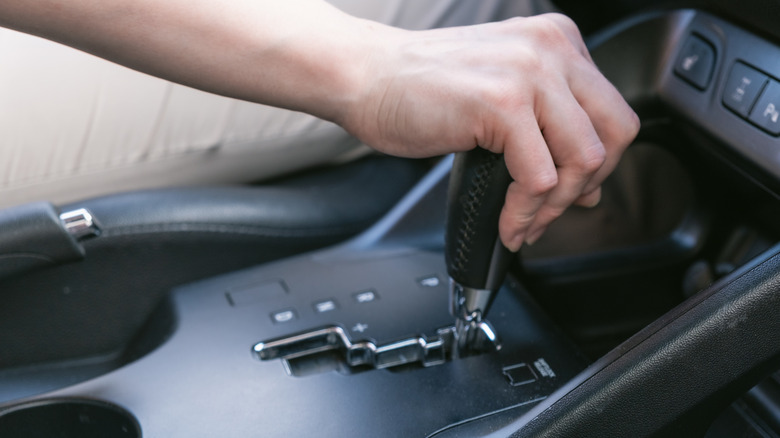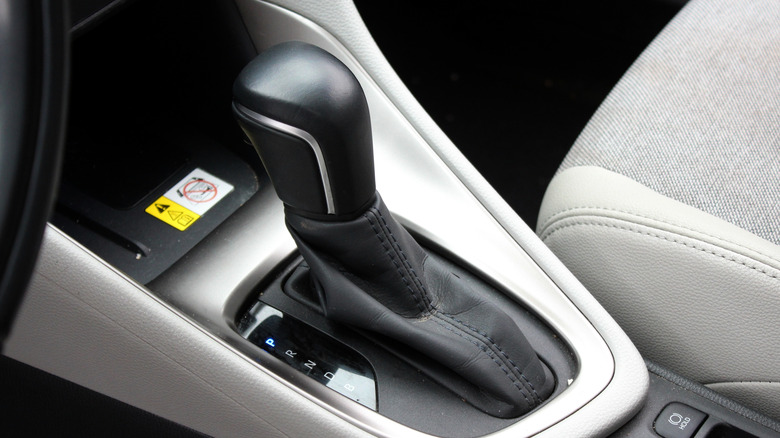Why Some Automatic Transmissions Have Zig-Zag Gear Shifts (But Others Are Straight)
There are many different types of automatic transmissions, including CVTs, automated manuals, and torque converter automatics, but, for the most part, they all look relatively the same to the driver behind the wheel. Typically, the shifter sits somewhere within the center console and has a number of selectable gears, such as Reverse, Drive, or Neutral.
However, there is one way in which automatic transmission shifters differ: the physical design and pattern of the shift gate. Some have an arrow-straight line, where the driver shifts directly up and down through the possible gears and drive modes.
In some instances, though, such as with some generations of the Toyota Land Cruiser, cars will sport a zig-zag shift pattern. In models like this, each gear or driving mode sits in a different horizontal position to the neighboring mode or gear, which creates the zig-zagging pattern. There are various reasons as to why automakers may choose a zig-zag shift pattern over a straight design, and the main driving force behind picking one or the other is incredibly simple.
Zig-zag shifters can stop drivers selecting the wrong gear
Human error is the main reason why automakers might prefer a zig-zag design over a straight one. This is one of the main forces behind a lot of new technologies at the moment, such as the various levels of autonomous driving, available on cars. By taking out the human element, some believe the chances of making a mistake can be reduced.
To explain the point further, Jalopnik asked Franco Cattani — at the time an automatic transmission engineer for Fiat Chrysler Automobiles — why some manufacturers would choose a zig-zag automatic shifter. Here's what he had to say: "Some OEM's may have an issue with it being too easy to move the car from Drive to Neutral while moving, and this may determine the pattern they choose to have you move the knob to achieve vehicle gear".
Ultimately, then, if the manufacturer decides that the possibility of accidentally shifting from one gear into the next is higher than they would like, then opting for a zig-zag design is a smart move. Rather than being able to easily knock the shifter from Drive into Neutral, for example, a zig-zag pattern means that the shifter needs to be physically moved across and up, or down, at the same time. This means that mistakes are harder to make.

